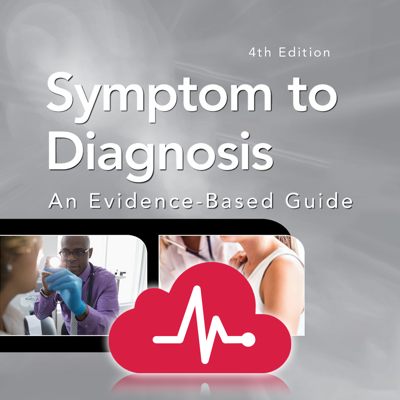Ratings & Reviews performance provides an overview of what users think of your app. Here are the key metrics to help you identify how your app is rated by users and how successful is your review management strategy.
User reviews affect conversion to installs and app rating. Featured and helpful reviews are the first to be noticed by users and in case of no response can affect download rate.
2018 Oncology Nursing Drug Handbook. Written especially for nurses caring for patients with cancer. Download the FREE app and view selected topics (Approximately 10% of the content is viewable in the free app and tapping on the locked topic will launch the in-app purchase screen). The 2018 Oncology Nursing Drug Handbook uniquely expresses drug therapy in terms of the nursing process: nursing diagnoses, etiologies of toxicities, and key points for nursing assessment, intervention, and evaluation. Updated annually, this essential reference provides valuable information on effective symptom management, patient education, and chemotherapy administration. Completely revised and updated, the 2017 Oncology Nursing Drug Handbook includes separate chapters on molecular and immunologic/biologic targeted therapies. These chapters provide fundamental reviews to assist nurses in understanding the cellular communication pathways disrupted by cancer. It also offers simplified content, attention to understanding the immune checkpoint inhibitors, new information about immunotherapy, new drugs and their indications, and updated indications and side effects for recently FDA approved drugs. New drugs include: alectinib (Alecensa), atezolizumab (Tecentriq), cabozantinib tablets (Cabometyx), cabozantinib capsules (Cometriq), cobimetinib tablets (Cotellic), colistin/polymixin B, clotrimazole, daratumumab (Darzalex), elotuzumab (Empliciti), irinotecan liposome injection (Onivyde), ixazomib (Ninlaro), melphalan for injection (Evoela), necitumumab (Portrazza), osimertinib (Targrisso), pentamidine, posaconazole, peramivir, rolapitant (Varubi) , talimogene laherparepvec (Imlygic), Tamiflu, trabectedin (Yondelis), uridine triacetate (Vistogard granules), venetoclax (Venclexta), vincristine liposome injection (Marqibo), and zanamivir. Table of Content: I Cancer Treatment 1 Introduction to Chemotherapy Drugs 2 Biologic Response Modifier Therapy 3 Cytoprotective Agents 4 Molecularly Targeted Therapies 5 Chemobiotherapy for Noncancer Diseases II Symptom Management 6 Pain 7 Nausea and Vomiting 8 Anorexia and Cachexia 9 Anxiety and Depression III Complications 10 Managing Tumor-Related Skeletal Events and Hypercalcemia 11 Infection 12 Constipation 13 Diarrhea Appendix 1 : Occupational Exposure to Hazardous Drugs Appendix 2 :Common Terminology Criteria for Adverse Events (CTCAE) Author: Gail M. Wilkes, MS, APRN-BC, AOCN-Oncology Nursing Consultant, Kilauea, Hawaii ISBN-13: 9781284117189 ISBN-10:1284117189



















